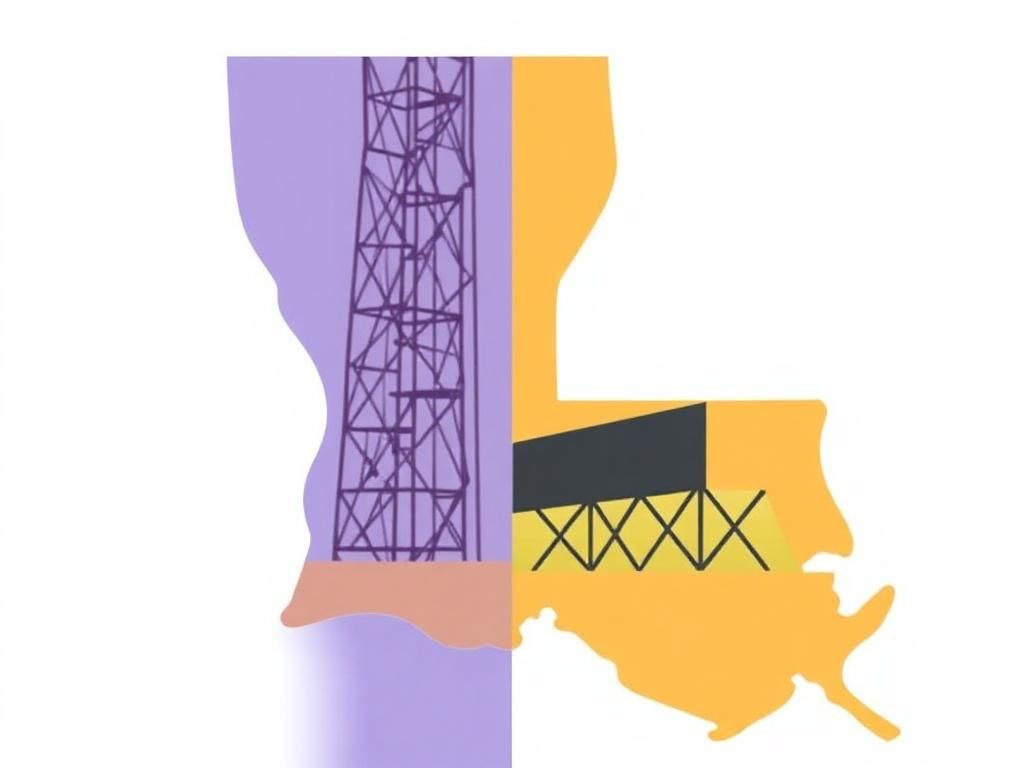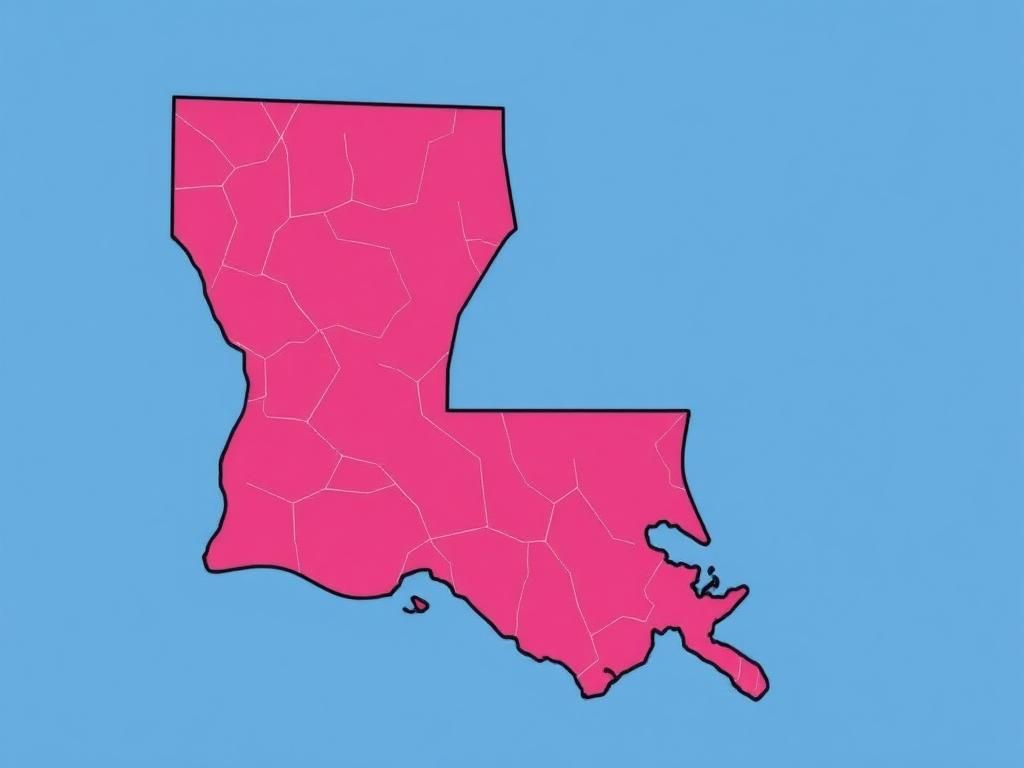Window tinting refers to the application of a thin film on the glass surfaces of vehicles to reduce light transmission. This process offers numerous benefits, including enhanced privacy, increased UV protection, and improved heat reduction inside the vehicle. While many vehicle owners appreciate the aesthetic and functional advantages of window tinting, it is crucial to understand the legal tint in Louisiana. Different states have varying regulations concerning window tint, and compliance with these laws is essential to avoid potential fines and penalties.
Importance of Understanding Legal Tint Standards
Need for Compliance with State Laws
Understanding the regulations surrounding legal tint in Louisiana is vital for every vehicle owner. Each state has specific laws that dictate the permissible levels of tint on different windows. Adhering to these regulations not only helps in avoiding fines but also promotes safe driving conditions.
Consequences of Illegal Tinting
Failure to comply with window tint laws can lead to significant consequences. Law enforcement officers may issue citations, and vehicles may be subject to inspections, all of which can result in additional costs and headaches for the vehicle owner.
Louisiana Window Tinting Laws
Overview of State Regulations
The primary governing body for window tint regulations in Louisiana is the Louisiana Department of Public Safety. This agency oversees the enforcement of laws concerning vehicle modifications, ensuring that drivers adhere to legal standards to maintain road safety.
Key Legislation Impacting Window Tinting
Several pieces of legislation outline the rules governing window tinting in Louisiana, including the specific requirements for different types of vehicles and their windows. Understanding these laws can help vehicle owners choose the right tint while remaining compliant with regulations.
Visible Light Transmission (VLT) Requirements
One of the core components of legal tint in Louisiana is the concept of Visible Light Transmission (VLT). VLT is defined as the percentage of visible light that can pass through the tinted glass. The legal VLT requirements vary based on the type of window:
| Window Type | VLT Requirement |
|---|---|
| Front Windshield | Minimum 40% VLT (top 6 inches can be tinted) |
| Front Side Windows | Minimum 40% VLT |
| Back Side Windows | No minimum requirement |
| Rear Window | No minimum requirement |
Legal Exceptions and Special Cases
In Louisiana, there are certain exceptions for specific circumstances regarding window tinting.
Medical Exemptions for Special Tinting
Some individuals may qualify for medical exemptions that allow for darker window tints. To obtain these exemptions, individuals must provide appropriate documentation from a certified physician stating the medical necessity for the special tinting. Maintaining accurate records of this documentation is important for compliance.

Tints Allowed on Commercial Vehicles
In Louisiana, different regulations may apply to commercial vehicles compared to personal vehicles, allowing for a wider range of window tint options in certain cases. Understanding the distinctions can ensure compliance while benefiting commercial drivers.
Conditions for SUVs and Vans
For SUVs and vans, regulations are slightly more lenient regarding window tinting. These vehicles can often accommodate darker tints, especially on the back windows, as long as the front windows meet the established VLT requirements.
Types of Window Tint Available
Different Types of Tint Films
When selecting window tint, various types of tint films cater to different preferences and needs:
- Dyed Window Film: Offers a basic tint solution and provides privacy at an affordable price.
- Metalized Window Film: Contains tiny metal particles that enhance durability and heat rejection.
- Ceramic Window Film: Provides superior heat rejection and UV protection without interfering with electronic signals.
- Hybrid Window Film: Combines elements from dyed and metalized films for a balance of aesthetics and performance.
Factors Influencing Tint Choice
Several factors can influence the choice of window tint, including:
- Aesthetic Appeal: Selecting a film that complements the vehicle’s appearance.
- Heat Rejection Capabilities: Considering how well the film can block heat for enhanced comfort.
- UV Protection: Choosing films that block harmful UV rays, contributing to skin health and prolonging the interior lifespan of the vehicle.
How to Stay Compliant with Tint Laws
Tint Installation Process
A professional tint installation is recommended to ensure compliance with legal tint in Louisiana. Working with qualified installers who understand the local laws can help vehicle owners avoid issues related to improper installation.
Importance of Quality Installation
The quality of installation plays a massive role in the effectiveness and durability of the window film, as well as compliance with state regulations. A well-installed tint not only looks great but also meets legal standards.
Checking for Compliance
Vehicle owners can check for compliance by measuring the VLT of their window tint. Investing in simple tools available for measuring tint darkness can provide peace of mind and help avoid fines.
Getting Legal Documentation
It is essential to keep all related documentation, such as receipts and certificates from the installation. This documentation is crucial in the event of a police stop, as it serves as proof of compliance with the law.

Consequences of Non-Compliance
Legal Penalties
Driving with illegal window tint can result in significant legal penalties. Depending on the severity of the violation, fines may be imposed, and additional penalties can apply for repeat offenses.
Impact on Insurance
Illegal tinting can also have serious implications for car insurance. If involved in an accident or incident while driving a vehicle with illegal tints, insurance claims may be denied. Furthermore, drivers may experience increased insurance rates due to compliance issues.
Frequently Asked Questions (FAQs)
Common Queries on Tint Regulations
Some common questions regarding legal tint in Louisiana include:
- What is the legal percentage for tint in Louisiana? The legal VLT for the front windshield is a minimum of 40%, while for the front side windows, it’s also 40%. There are no minimum requirements for the back side and rear windows.
- Can I remove tint to comply with laws? Yes, if your current tint does not meet the legal requirements, removing or replacing it with compliant film is necessary.
- Are there different rules for motorcycles and bicycles? Yes, motorcycles, bicycles, and other vehicles may have unique tint laws; it’s essential to consult the local regulations.
Tips for Residents
To ensure compliance and stay informed:
- Regularly check for updates on legal tint in Louisiana from state resources.
- Engage with local tinting professionals who are familiar with Louisiana’s laws and can provide expert guidance.
Conclusion
Summary of Key Points
In summary, understanding legal tint in Louisiana is crucial for every vehicle owner. Adhering to laws around VLT, staying updated on regulations, and opting for professional installation can help you enjoy the benefits of window tint while avoiding unwanted penalties.
Final Thoughts
It’s essential to comply with legal tint standards, not only for safety but also for the legality of your vehicle. Regularly check for updates, and consider consulting professionals to stay informed and compliant with Louisiana’s window tint laws.
Additional Resources
Links to Official Louisiana Tint Regulations
For detailed information regarding state guidelines, visit the Louisiana Department of Public Safety for official regulations on vehicle modifications.
Recommended Reading
Learn more about the health benefits of proper UV protection through window films and best practices for window tint maintenance by checking out reputable automotive articles available online.